Dr. Rick's - Top 10 for the freezer – USDA Zone 3
 | Dr. Rick Schoellhorn has been a confirmed plant nut since the age of nine years old when he discovered growing plants from cuttings. He has traveled most of the globe for over seven years as Director of New Products for Proven Winners® before his retirement and now works as an assistant to the current Director, Kevin Hurd. Rick loves to garden on his three acres in northern Florida, and works to help Proven Winners® find the best in heat and humidity tolerant plants. The most beautiful place he ever visited was Cape Town, South Africa, and his favorite plant is the genus Plectranthus. |
All too often we forget that there are gardeners in the cold north who have winters with prolonged temperatures of -40F, low or no snow but drying winter winds and soil that heaves as it freezes and thaws. That kind of a climate requires tough plants that can really handle demanding conditions. The good news is that there are a lot of options for gardeners in the freezer of the north! Here’s our top 10 groups of plants (We went a little overboard but figured you’d like to see more rather than less!).
Before we get to the plants however let’s discuss a few tips to help you succeed:
|
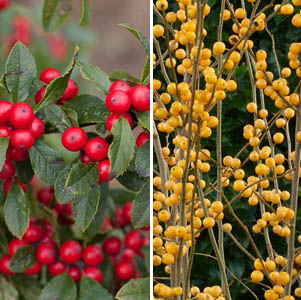 | Little Goblin™ and Berry Heavy® Gold are some amazingly hardy Winterberry, just as their name implies they can provide your winter landscape with rich red and yellow toned berries that are great seasonal impact as well as food for wildlife over the winter! They do best with a companion planting of a pollinator variety like many fruit tree; use the Winterberry Mr. Poppins as a pollinator and enjoy the show each year. The wild birds will love you for it! |
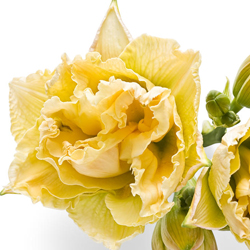 | Proven Winners® Daylilies. These are tough and reliable perennials with great summer flowering and easy care. For yellow tones use 'Going Bananas', for purple try 'Nosferatu', for bright red try 'Ruby Spider' and for soft yellow double flowers try 'Siloam Peony Display'. Apply fertilizer as soon as shoots begin to appear in spring and enjoy flowers all through mid-summer and on. |
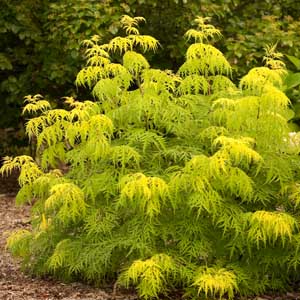 | Lemony Lace™ Elderberry gives that lacey look and bright golden green foliage to add a visual spike to any landscape. They are easy to grow and benefit from a hard pruning each spring to encourage new strong young shoots. Graceful and similar to Japanese Maples and others that may not tolerate USDA zone 3 – you can get the same effect with a lot less work! |
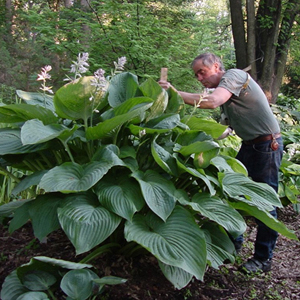 | Proven Winners® Hosta are a must have for part shade areas of the landscape. If protected from high winds they can also tolerate mostly full sun, but the big leaves really like dappled sun. We have quite a few great Hosta in our collection but there are chosen specifically for the zone 3 Gardener. Look for 'Autumn Frost', 'Goodness Gracious', 'Hudson Bay', 'Seducer', and Wheee! In garden centers near you! |
 | Celtic Pride™ Siberian Cypress is an evergreen mounding spreading shrub that looks like a juniper but performs much better in most locations. The name says it, this plant came from Siberia, and they may have invented the word cold! Celtic Pride™ has better shade tolerance than junipers as well and improved disease resistance tip die back. |
 | Proven Winners® Perennial Sedum are easy, tolerant of poor soils, don’t need a lot of water or fertilizer and to reward you they bloom in gorgeous masses of color all through fall, the old flower heads stick through the early snows and provide seed for birds. We have three in the collection: ‘Pure Joy’ which is compact with rosy pink flowers, Garnet Brocade™ with red/purple leaves, tall stems, and red burgundy flowers in fall, and ‘Maestro’ which falls in between these with a mid-range height and rusty red flowers. |
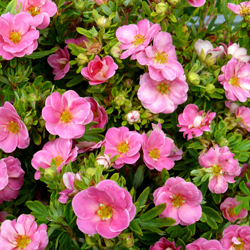 | Happy Face® Yellow & Happy Face® Pink Paradise Potentilla. Here is a great combo of color and truly tough plants! They are both deer resistant native plants and produce flowers all summer in a haze of yellow and pink. They like full sun, but are tolerant of rocky soils but will be larger and fuller if the soil immediately around the plants is rich. Simple and trouble free! |
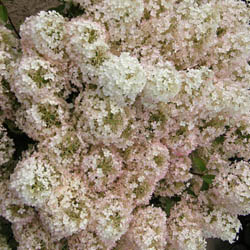 | Proven Winners® Hydrangea paniculata. OK, so it’s true that the big pink and blue florist’s type hydrangeas cannot survive your winter temperatures BUT that doesn’t mean you can’t enjoy some beautiful hydrangeas all summer! This group of hydrangeas is tough and completely hardy in your area. They are pruned in spring so you leave them alone in fall and let their branches provide winter interest. Look for Bobo®, Fire Light®, Limelight®, and Pinky Winky® at garden centers near you. Here’s a great breakdown of the different hydrangeas and some other great varieties you can also grow in zone 3!! http://www.provenwinners.com/Hydrangeas-Demystified |
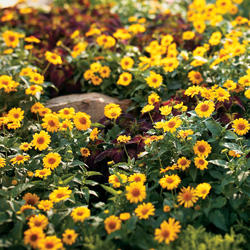 | Tuscan Sun Heliopsis. Warm golden flowers all through summer and into fall on a tough native perennial plant. Tuscan Sun likes full sun and rich soils where it can sink its roots deep. Put an inch or two of mulch over the plants in late fall and they expand into larger colonies with each year. A great butterfly and bird attractant as well! |
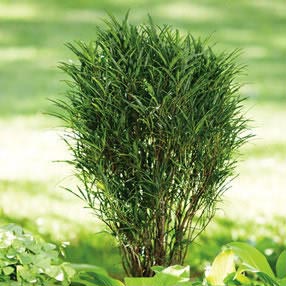 | Fine Line® Buckthorn is another great landscape statement! Thin threadlike leaves on a strictly upright plant, Fine Line® provides a wonderful accent of deep green leaves and tightly controlled vertical growth, use it to break up a flower border or alongside the house. Easy and trouble free with reduced fruit set, which is a problem in older varieties. |




